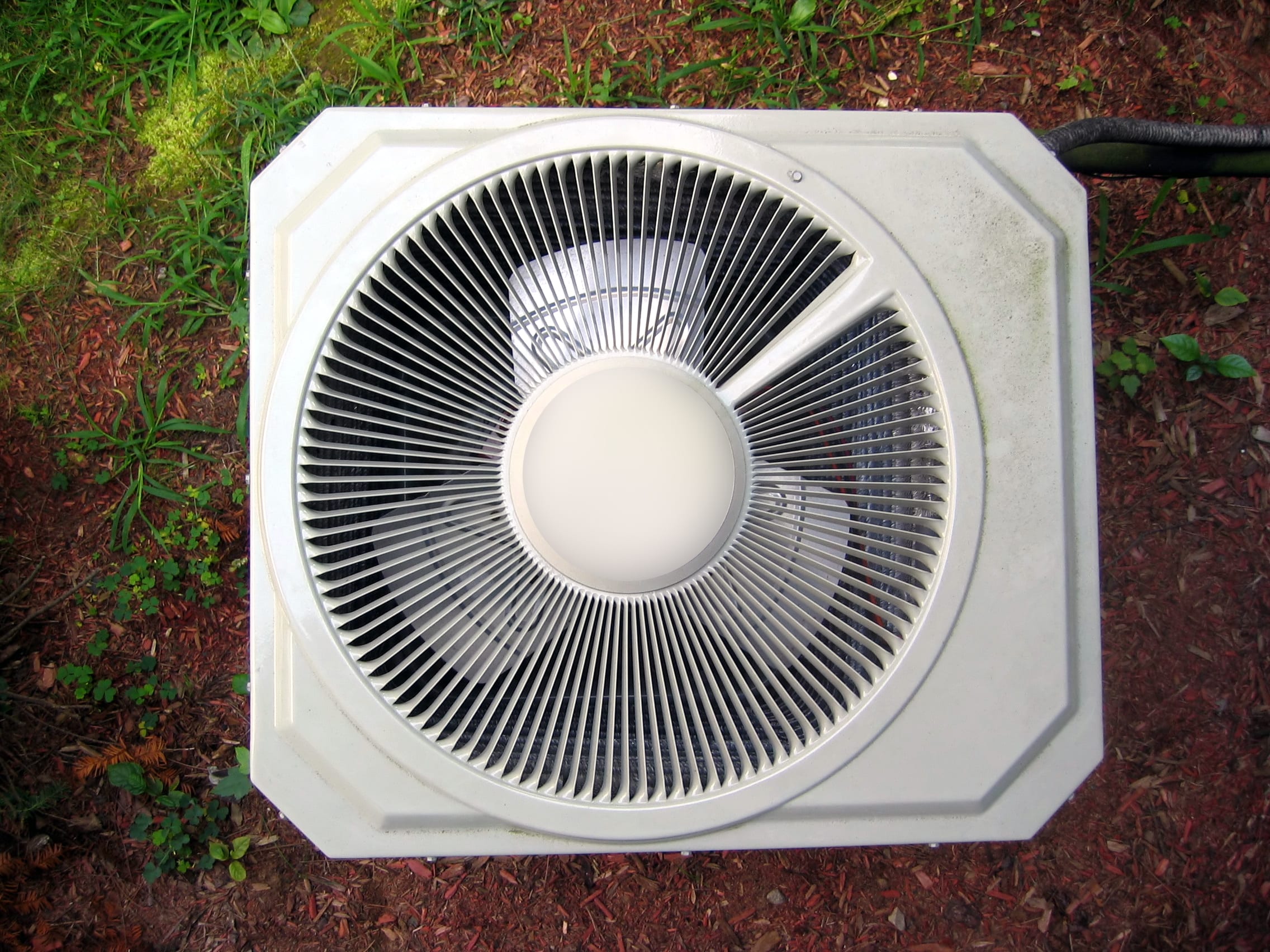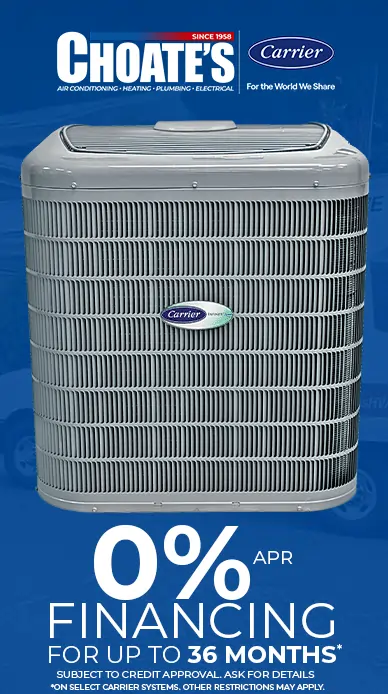901 755 4797
HVAC 101
Few home issues are more troublesome than problems with your heating, ventilation, and cooling (HVAC) system. It’s worth knowing about the various parts and functions so that you can be informed when you speak to repairmen. If you’ve ever struggled to understand your service tech when he talks about your HVAC system, this glossary is for you.
AFUE
Short for Annual Fuel Utilization Efficiency, an AFUE rating describes your system’s efficiency as it converts fuel into energy. As HVAC units operate, some of the fuel is burned off. The higher the rating, the better a system performs. For example, an 85 percent AFUE rating means that the system is able to successfully convert 85 percent of available fuel into energy.
Air handler
An air handler is the part of your HVAC system that moves air around your home. It’s situated indoors and contains several key components that allow circulation, including the blower and heating/cooling elements.
Boiler
As its name suggests, a boiler boils water to provide heating to the home. A series of pipes carry the resulting steam and hot water throughout the home.
BTU
A British Thermal Unit is a measurement of a system’s energy output. In a heating system, it describes the amount of heat produced; for cooling, it describes the cooling capacity.
Central air conditioning
A central air system is one in which air is cooled at a single location (usually in the center of the home), then distributed via ducts to the rest of the home. In residential properties, most central air systems are split systems, i.e. they have an outdoor component that draws air into the home.
Condenser
In a split HVAC system with central air, the condenser is the portion that is outdoors. Depending on the season, a condenser either removes or collects heat. It operates through a series of coils that condense refrigerant vapor into a liquid that can be recirculated into the system, so that the indoor portion doesn’t have to work as hard.
Condensate line
When hot air cools, it condenses into water droplets. This condensation needs to be evacuated from the system, and the condensate line serves as the drain. One common problem with HVAC systems is that the condensate line can get clogged or backed up, causing the unit to overflow or simply shut off.
Ductless mini-split
A ductless mini-split is a type of cooling system that has both indoor and outdoor components but does not involve ductwork. Homes may have various single-zone systems each of which is cooled by a paired-up air handler and a condenser.
Ductwork
The system of ducts (metal or plastic) that distribute air from your central heating or cooling system throughout your house.
Evaporative cooler
This unit cools the air by causing water to evaporate, so it works best when humidity levels are below 60 percent, such as in the southwestern United States. Also called a swamp cooler.
Evaporator coil
An evaporator coil is a component that operates within either the furnace or air handler and works by moving the cold refrigerant that removes heat from the air circulating throughout the home.
Furnace
A furnace heats and moves air throughout the home to provide warmth. It typically accompanies a central air system and uses the same ductwork.
Heat pump
Despite the name, this device provides both heating and cooling effects. It works by transferring heat energy between your home and the outdoors, depending on what’s needed. This type of system performs best in moderate climates where the temperature does not fall below zero degrees Fahrenheit.
Packaged system
In this type of HVAC system, all components reside in a single outdoor unit, typically installed on the roof or next to the home. Also known as an all-in-one system.
Refrigerant
Refrigerant is a substance that absorbs heat energy from the air. This, in effect, allows an HVAC system to circulate cooler air throughout the home.
R-22 refrigerant
This substance used to be one of the most common refrigerants used in HVAC systems, but due to its detrimental effects on the ozone layer, it’s being phased out of use. Also known by the trademark name Freon.
SEER
A unit’s Seasonal Energy Efficiency Ratio rating, or SEER rating, describes the energy efficiency of HVAC systems. A higher SEER rating means that the unit requires less electricity to run, which can reduce your power bill, and it also means that the unit is more effective at maintaining a comfortable temperature.
Split system
A typical residential HVAC system is a split system, meaning that there are two main components. Indoors, the air handler (defined above) promotes circulation, while the outdoor element, the condenser, promotes cooling or heating.
Request Info
"*" indicates required fields


